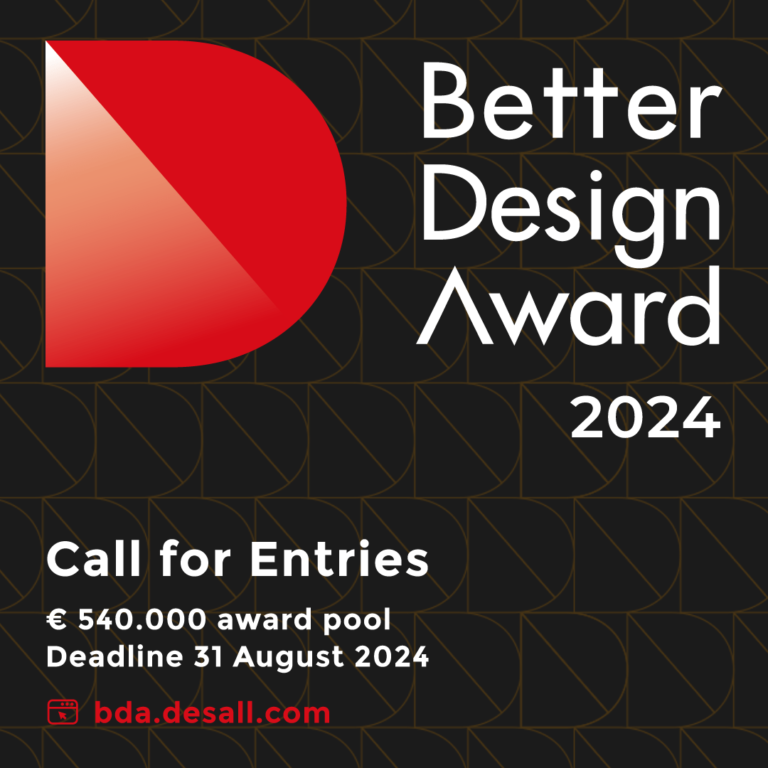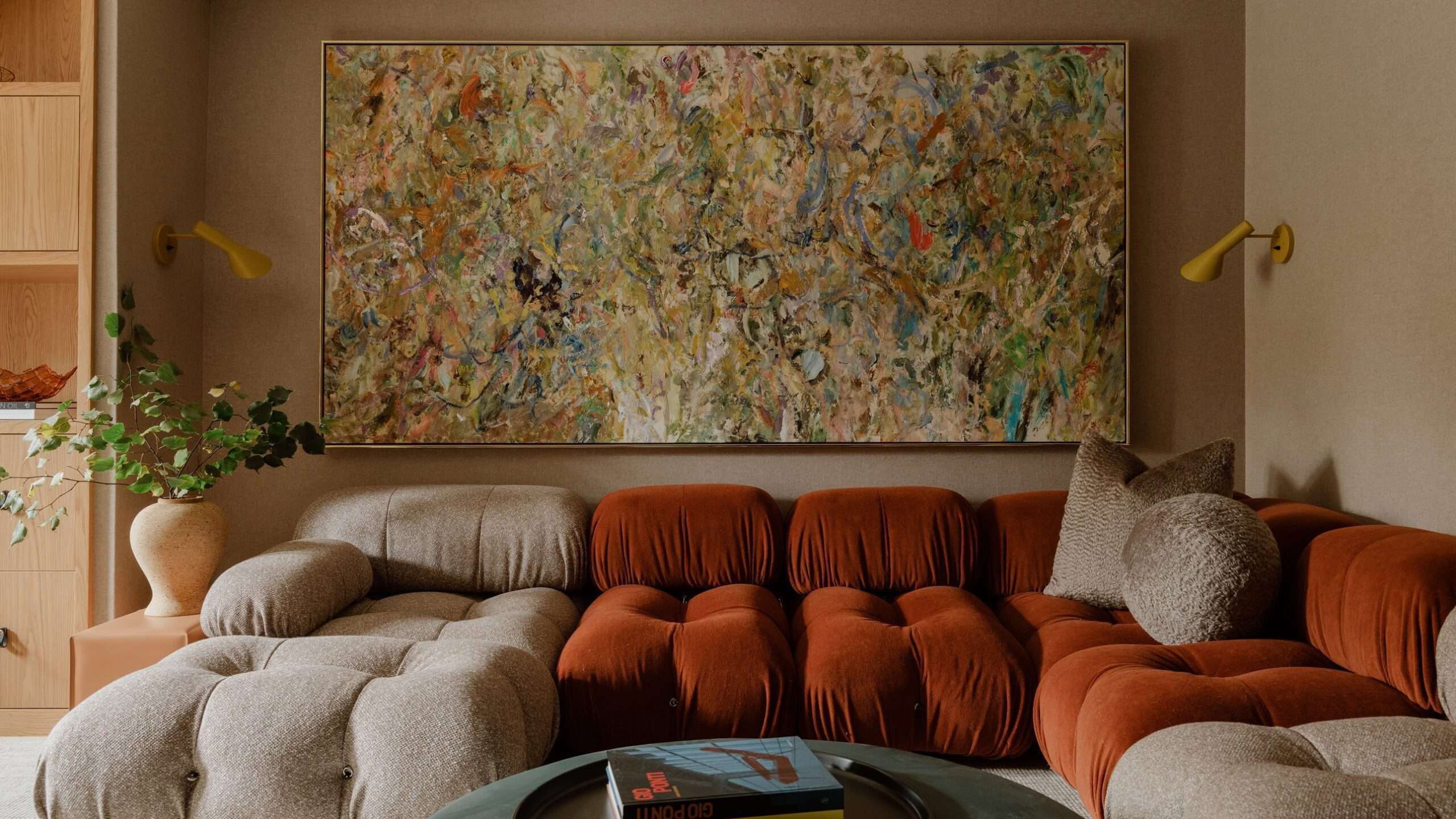Metals in Construction Magazine 2023 Design Challenge: Redevelopment for Residential Use
The cultural change in office use brought on by the pandemic amidst a widespread housing shortage suggests redevelopment opportunities that can be explored through the lens of a speculative design competition. This is the theme of the Metals in Construction magazine 2023 Design Challenge, which awards a $15,000 grand prize to the most innovative design concept illustrating the feasibility of redeveloping an office tower for residential use.
Background:
When office towers lose tenants to market rivals, owners usually resort to makeovers. A move to remote work has changed this. With office occupancy barely above 40% of pre-pandemic levels, and tenants finding work-from-anywhere policies increasingly making economic sense, building owners look for more viable occupancies elsewhere. Redeveloping their properties for residential use is one option. But in buildings where the distance from the exterior wall to the elevator lobby is 50 feet or more, laying out efficient apartments can be too great a challenge. These dimensions are characteristic of many mid-20th-century steel-and-glass office towers. Owners are likely to view non-residential prospects as less risky. Given the severity of the housing shortage in many cities, encouraging owners to pursue residential opportunities instead would be very advantageous. Is this possible? Is it feasible?
Your Challenge:
The Metals in Construction magazine 2023 Design Challenge seeks to explore these questions by generating ideas for the innovative redevelopment of a steel-and-glass office tower to create desirable residential occupancy. Additionally, it invites students and practitioners to enter their vision for an efficient, imaginative layout and technical solution that adapts an existing 48-story New York City office tower into residential units that can be rented or sold at market rate.
About the site:
Concepts are to be based on 1633 Broadway, a 48-story office tower and legitimate theater complex located in New York City’s famed Theater District.
Furthermore, bordered by 51st and 52nd streets, the 2.5 million square foot building has a typical bay span of 25 feet and a floor-to-floor height of 12 feet. Redevelopment concepts may alter the structural frame, building core, and/or vertical circulation to achieve the design they envision. Additionally, intrants may, if desired, consider the existing glass-and-steel curtainwall to have served its useful life (common for this era of curtainwall buildings) and include a replacement in their design concept. The site for this ideas competition was chosen for its potential as a case study and in no way represents the location of an actual building project.
Submission requirements:
Submissions must meet the following requirements to be considered:
- Submissions must satisfactorily depict the proposed layout of residential units and common areas in compliance with current code safety requirements for habitable space, building circulation, and exiting using this floor plate as the basis
- Moreover, submissions must satisfactorily represent current design strategies for desirable apartment living.
- Proposed solutions must demonstrate an attempt to anticipate and accommodate future conditions resulting from desired apartment living.
- Submissions must satisfactorily depict and provide convincing, carbon-efficient, year-round control of the indoor environment. Including how natural ventilation for individual units is achieved.
- Finally, all entries must be considering the key elements of safety, quality, cost, and constructability in New York City.
Submission process:
The submission process is two parts:
- Entrant Information – Contact information of the individual or team submitting. This will not be shared with the jury and is only for contact purposes. Enter additional team names in the “Notes” section of the My Competition Entry page. You may also paste a link to any animated visualizations in the “Notes” field.
- Proposal Visualization – Up to 10 pages to represent the proposal. This attachment should be one (1) multi-page PDF file (max. 10 pages) formatted at 11”x17” (ledger) and can include supporting backup data, calculations, and commentary to supplement the images. Do not link or embed objects. Links to any video or animated components may be pasted into the “Notes” field. The maximum file size is 20MB.
Lastly, all materials are due by 11:59 PM. Wednesday, February 15, 2023. Once you register via this site, you or your teammates may log in. And edit your competition entry as many times as you like until the deadline. Moreover, the sponsor of this competition is the Steel Institute of New York, w. Which reserves the right to suspend or amend the cash award if deemed warranted by circumstances.
Finally, read more on Archup:
Saudi Arabia’s “Vision 2030” plan: a challenge for the Kingdom’s economic sustainability
Sustainability and community participation to achieve a circular economy in urban design






